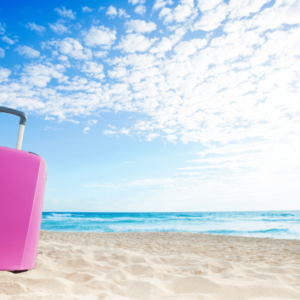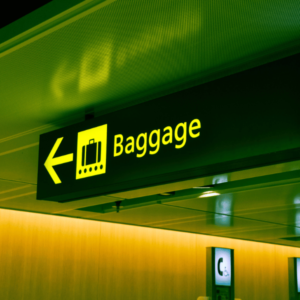Traveling, whether for business or pleasure, often involves planning and consideration, especially when it comes to packing and understanding airline baggage policies. As one of the leading airlines globally, Air Canada provides passengers with a range of options and guidelines regarding baggage allowances, fees, restrictions, and special considerations. This comprehensive guide aims to unravel the intricacies of Air Canada’s baggage policy, ensuring a hassle-free and informed travel experience for passengers.
Understanding Baggage Allowances:
Air Canada’s baggage policy can vary depending on the fare type, destination, and travel class. Typically, the standard baggage allowance for checked luggage and carry-on items is determined by these factors:
- Economy Class:
- For flights within Canada and to/from the U.S., passengers are usually allowed one personal item and one standard carry-on bag.
- The checked baggage allowance can vary but often includes one to two free checked bags with specific weight and size restrictions. Ensure to check your specific ticket details.
- Premium Economy, Business Class, and First Class:
- Passengers in these classes generally enjoy more generous baggage allowances compared to Economy Class.
- This often includes increased weight limits for carry-on baggage and additional checked baggage allowances.
- Special Circumstances:
- Members of Air Canada’s frequent flyer program (Aeroplan) and elite status holders may receive additional baggage benefits.
- Families traveling with infants or young children might be entitled to extra baggage allowances for necessary items like strollers or car seats.
Baggage Fees and Excess Charges:
It’s essential to be aware of potential fees associated with excess or overweight baggage to avoid surprises at the airport. Air Canada’s fees for additional or overweight luggage can vary based on several factors:
- Excess Baggage Fees:
- Charges may apply if you exceed the permitted number of bags, size, or weight restrictions.
- These fees can accumulate per extra bag and increase with weight or size discrepancies.
- Oversized or Overweight Bags:
- Bags exceeding specified weight and size limits will incur additional charges, which can be quite substantial.
- Fees can vary based on the route, with international flights typically having different fee structures than domestic ones.
- Sports Equipment and Special Items:
- Transporting sporting equipment or special items like musical instruments might incur extra fees or require pre-approval.
Tips for Smooth Travel:
To make the most of Air Canada’s baggage policy and ensure a hassle-free journey, consider the following tips:
- Check Your Ticket Details:
- Review your specific ticket’s baggage allowances and restrictions, as they may differ based on the route, fare class, and any memberships or affiliations you have.
- Pack Wisely:
- Be mindful of weight and size limits for both carry-on and checked baggage to avoid additional fees.
- Utilize packing cubes or compression bags to maximize space and keep items organized.
- Prepay for Additional Bags:
- Consider purchasing extra baggage allowance online before your flight. It can be cheaper than paying at the airport.
- Know Restrictions and Prohibited Items:
- Familiarize yourself with Air Canada’s list of restricted and prohibited items to prevent delays at security checkpoints.
- Utilize Online Resources:
- Air Canada’s website provides detailed information on baggage policies and an allowance calculator to estimate potential fees.
Conclusion:
Navigating Air Canada’s baggage policy requires attention to detail and an understanding of the various factors influencing allowances, fees, and restrictions. By familiarizing yourself with the specifics of your ticket, packing thoughtfully, and adhering to guidelines, you can optimize your travel experience and minimize potential inconveniences related to baggage. Remember, staying informed and planning ahead can significantly contribute to a stress-free journey with Air Canada.





